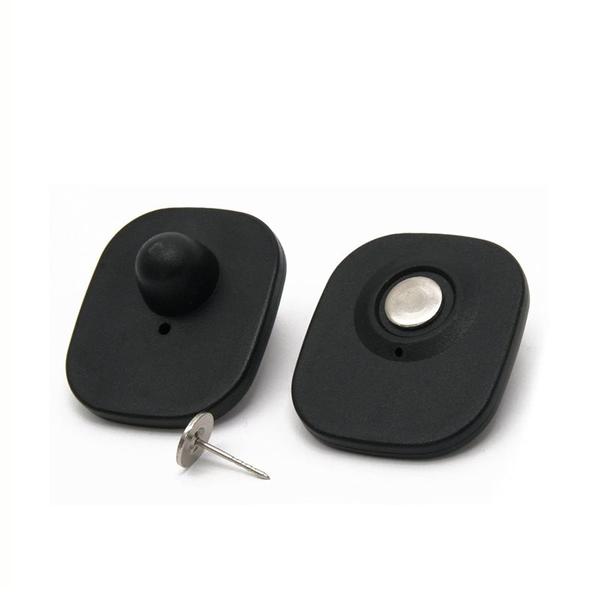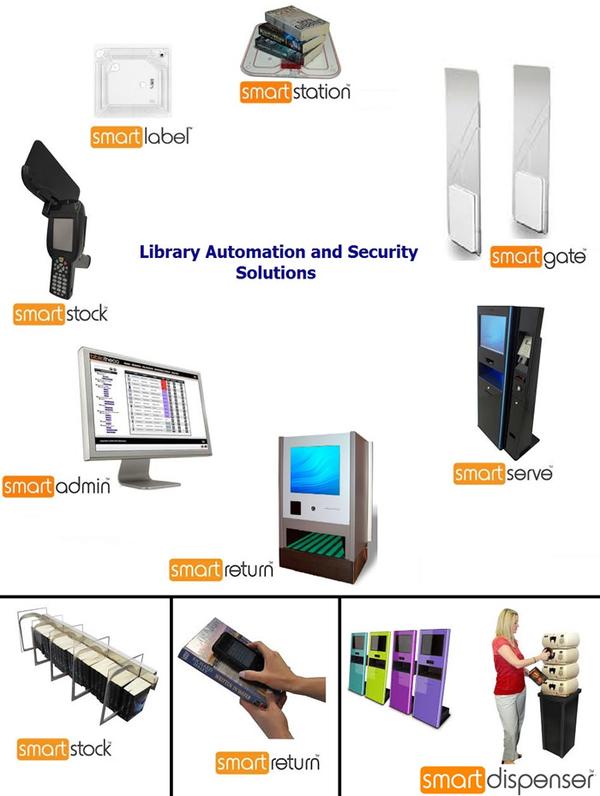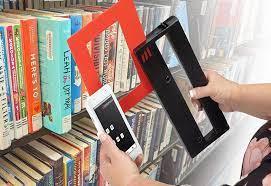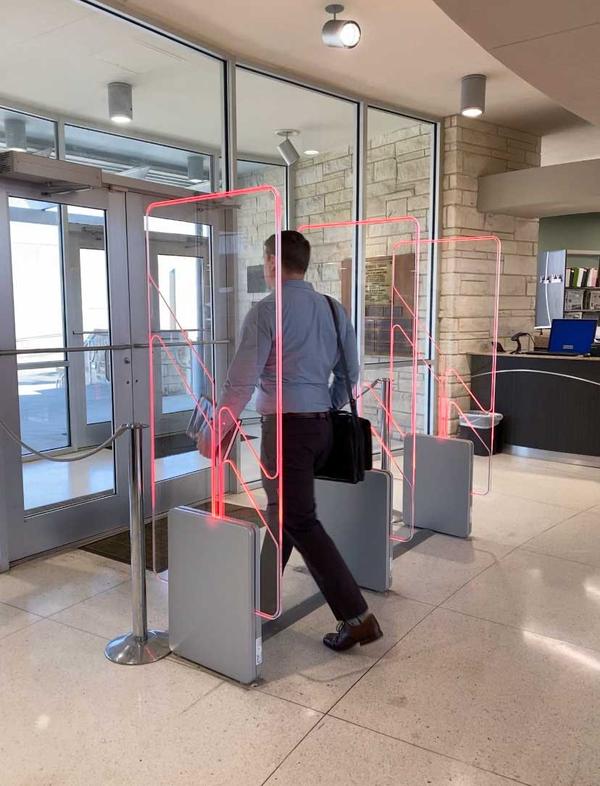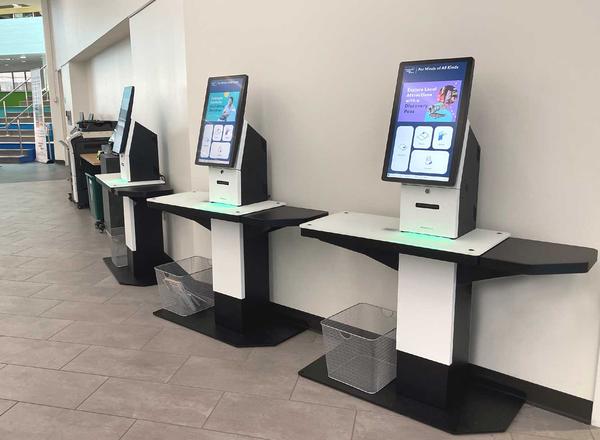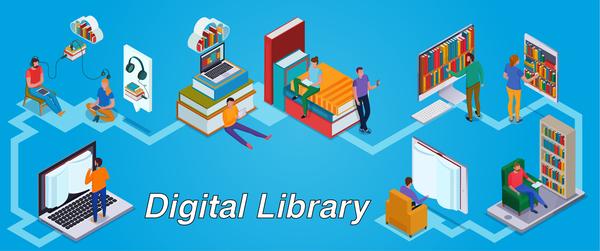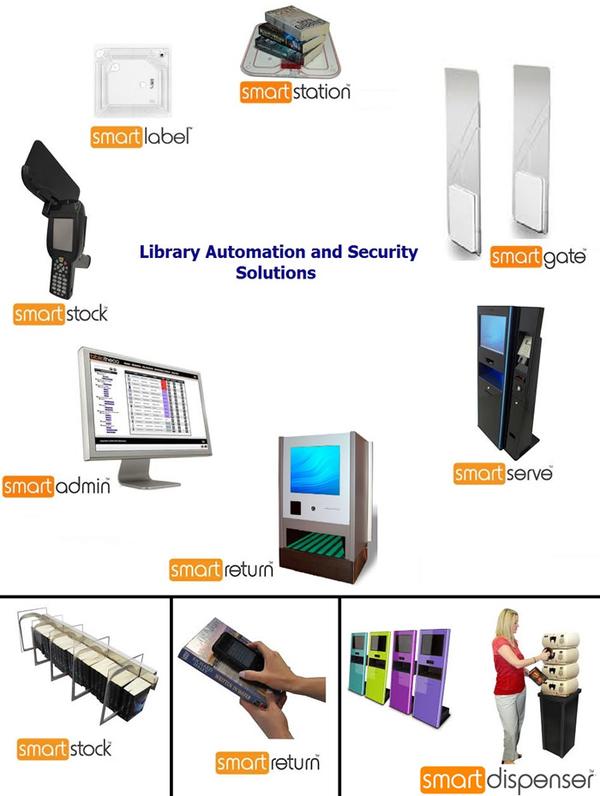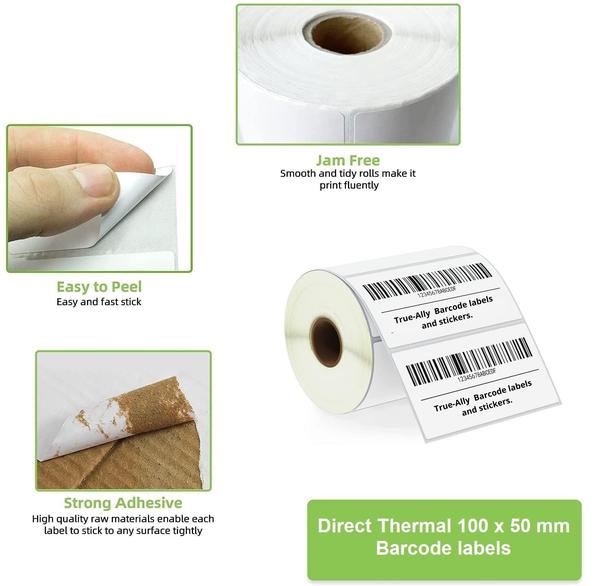RF (Radio Frequency) tags are wireless identification devices that use radio waves to transmit data to compatible readers. Designed for fast, contactless communication, they are ideal for tracking, inventory management, access control, and automation across various industries. Available in different frequencies and formats, RF tags enhance efficiency, accuracy, and security in data capture systems. Wireless data tags that enable quick, contactless identification and tracking using radio frequency technology. RF tags offer efficient, long-range, and automated asset tracking with no line-of-sight required. Smart tags powered by radio waves for seamless scanning in logistics, retail, and industrial operations.
Send Message
